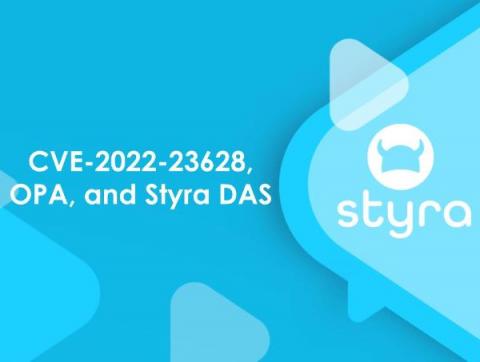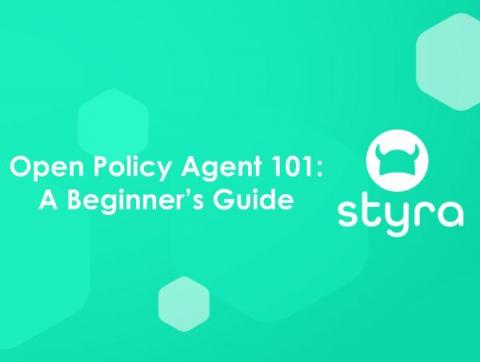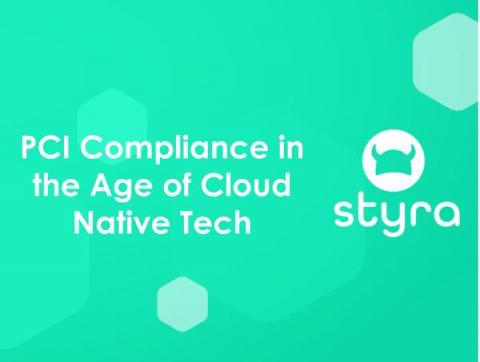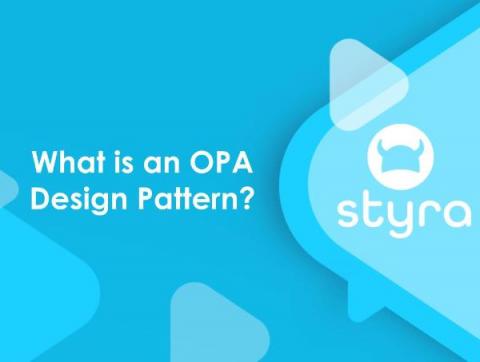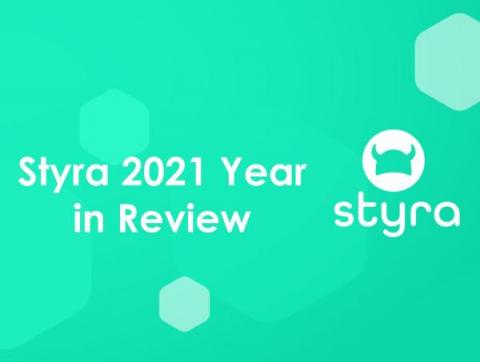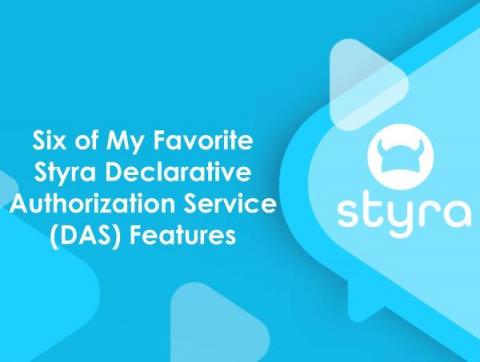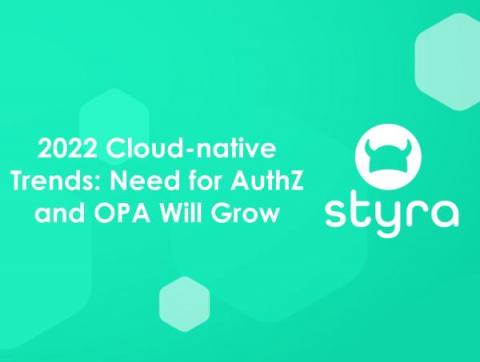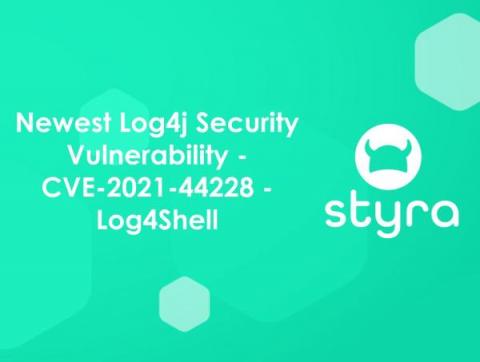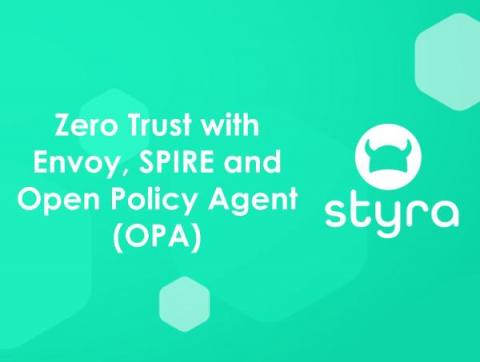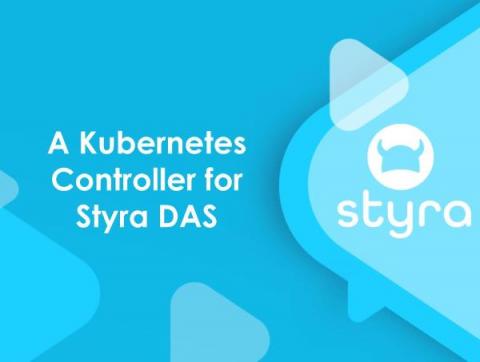CVE-2022-23628, OPA and Styra DAS
CVE-2022-23628 was published last week by the Open Policy Agent (OPA) project maintainers after a user reported unexpected behavior from a policy bundle that was built with optimizations enabled. The problem stemmed from a regression fix in the v0.33.1 release that addressed incorrect pretty-printing of Rego object literals by the `opa fmt` command and the underlying `format` package.


